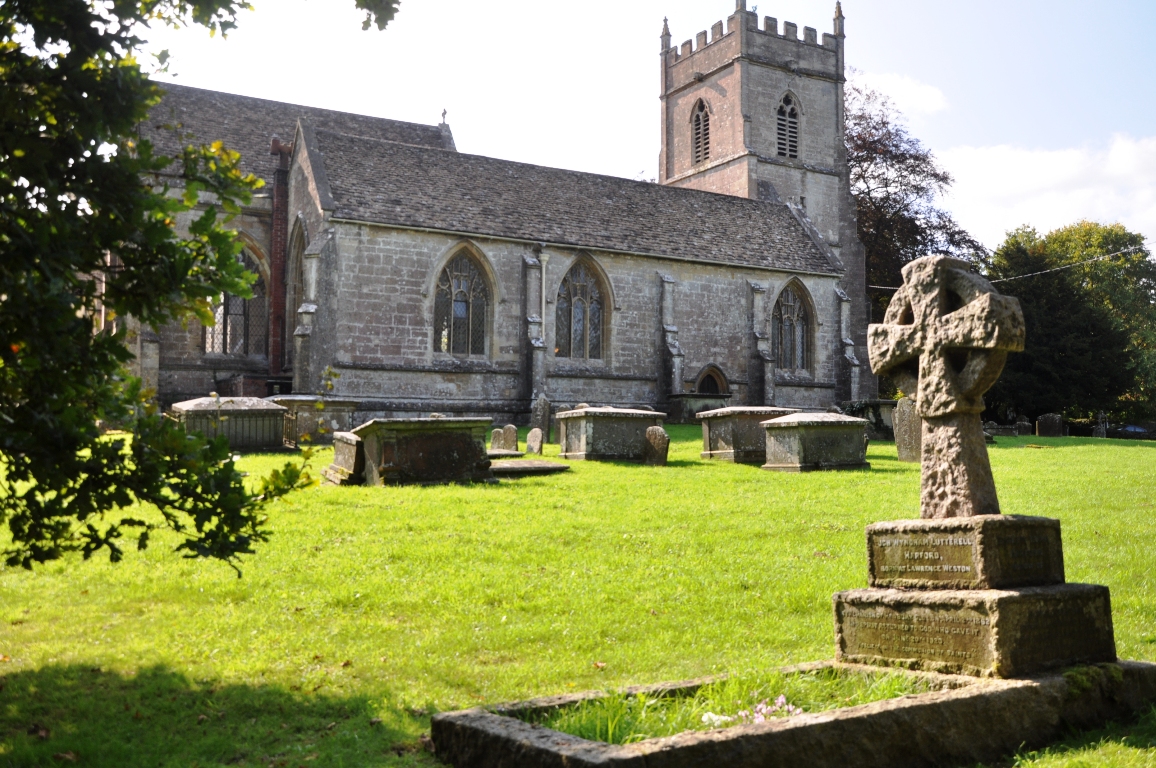A revised and updated ‘History of Saint James the Elder’ is now available priced at £10.00.
This now includes an enlarged section on the History of the Bells, details of the history of Horton Court, new photographs. If you would like a copy please contact Tina Hildick-Smith (01454 320380)
St. James the Elder Church at Horton. Our Grade II listed Church is adjacent to the Cotswold Way and many walkers enjoy the peace and tranquillity the church offers.
A church has been on this site for over 1,000 years and in Norman times the vicar lived in the Vicar’s Hall, now part of Horton Court; thought to be one of the oldest clergy residences remaining in the country.
Whilst there was originally a Norman church and possibly a Saxon one, nothing of the original church is evident save only for the font. The present Church was built circa 1300 and is built of Cotswold stone with a stone tiled roof. At the west end of the church is a tower with an old clock face on the south elevation. Records show that the clock was in working order in 1939 and the original mechanism is still in the tower above the ringing chamber waiting to be restored? The weather vane at the top of the tower is in the form of a griffin, which formed part of the Paston Coat-of-Arms. Various memorials in the church commemorate the Paston family who once owned Norton Court.
The church contains a nave, choir and sanctuary. On the north side is a stone arcade beyond which is the north aisle with a chapel to the east. At the west end of the arcade separating the nave and the north aisle, the respond was cut down (15th century) and converted into an elongated corbel terminating in a man’s head with a protruding tongue!
All the windows are perpendicular with plain leaded lights except for the tracery at the top of the east chapel window where there are fragments of older glass.
On the south side of the church is a porch with a parvis above. The porch roof is stone vaulted with groins and ornamented capitals; two of these are figures of men – one playing bagpipes; the other two are grotesque beasts.
Within the nave is the Norman font, which was cut and panelled to the present octagonal shape in the 17th century together with the font cover. This was moved to its present position from below the tower in 1940 when various alterations were carried out.
Prior to the re-hanging in 2010, there were five bells which had not been rung for at least 100 years. The original bell frame for 4 bells was made in the early part of the 17th C. and was modified in 1649 to accommodate a fifth (treble) bell, when the original four were re-modelled by breaking up the cracked tenor to cast two trebles, to augment the original 15th century bells.
